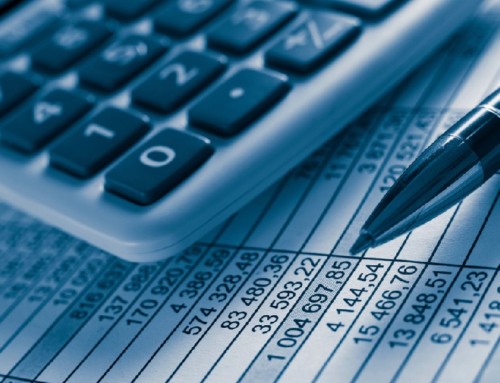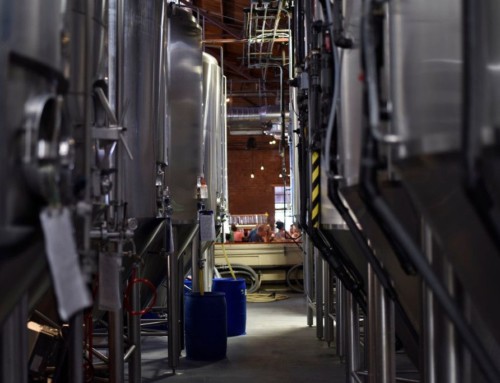ZIMSEC O Level Business Studies Notes: Business Finance and Accounting: Introduction to break even analysis
- It is a simple decision making aid used to discover the level of output/activity that is required before profits are made
- It can also be used to discover the level of activity/output required to achieve a set level of profits
- Break even analysis is also known as cost volume profit analysis (CVP)
- Break even analysis involves the study of the mathematical relationship between costs and sales revenue,
- under a given set of assumptions regarding the firm’s fixed costs and variable costs
- the objective is to determine number of products that must be sold at a given price to cover the costs

Simple break even chart
- On the diagram the red line represents sales revenue
- The blue light blue line represents total variable costs
- The green line shows total fixed costs
- The purple line shows total costs
- Several terms are used in break even including the following
- Break even- it means a point where the business neither makes profit nor loss
- That is the business is said to have broken even when the profit (loss) is $0
- A business ‘breaks even’ when the profit or loss is 0
- Fixed costs- as defined in another topic here
- Variable costs- as defined in another topic here
- Level of activity-this depending on the type of business might refer to the number of goods produced and sold (manufacturing business), number of goods sold (retail), number of products sold e.g billing hours in a law firm(service industry), number of trips in a travel agency etc
- Level of activity refers to the divisible units of the item that brings in revenue expressed as a certain amount
- For example how much will the business get when it: makes and sells 300 kg of sugar or 300 kg of flour or bills 300 hours or conducts 300 trips in a given period
- The break even point is that point at which the business makes neither loss nor profit
- The break even point can be expressed in units i.e. in terms of level of activity
- For example we could say a business needs to sell 500 kgs of flour before it breaks even
- The break even point can also be expressed in terms of sales value
- For example the business needs to sell products worth $5 000 in order to break even
- Expected level of activity-this is the level of activity which the business expects to operate at
- Actual level of activity-this is the actual level of activity that the business operates at e.g a business makes 3000 dresses in a month that is it’s actual level of activity
- Maximum level of activity-this is the highest level of activity at which the business can operate due to applicable constraints such as factory space of machine capacity
- For a shoe making business can operate as fast as its machinery and as much as its factory space or sales capacity will allow
- Margin of safety-this is the amount by which sales exceed the break even point i.e. the difference between between the actual level of activity and the break even point provided that sales exceed the break even point
- To simplify things certain assumptions are made during the break even analysis process:
- All costs can be classified either as variable costs or fixed costs
- Both sales and costs vary in a linear fashion which can be expressed as a linear equation/function
- The selling price per unit remains constant
- All units produced are sold
- The business sells either one product or a fixed product mix
- No factor other than sales volume can affect costs and sales revenue
- The technology, production methods and efficiency remain unchanged
- Stocks levels remain constant at both the start and end of the period (this is kind of implied by the fact that all units made are sold assumption)
- Break even analysis can be carried out using either:
- Click/Tap on each method to learn more
- These methods can be used together or either can be used
- The formulae method can be used to quickly assess the accuracy of the graphical method for example
To access more topics go to the O Level Business Notes








